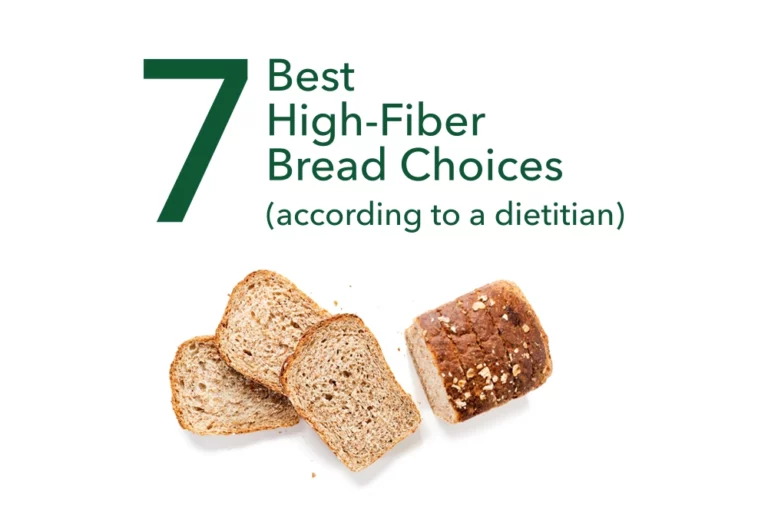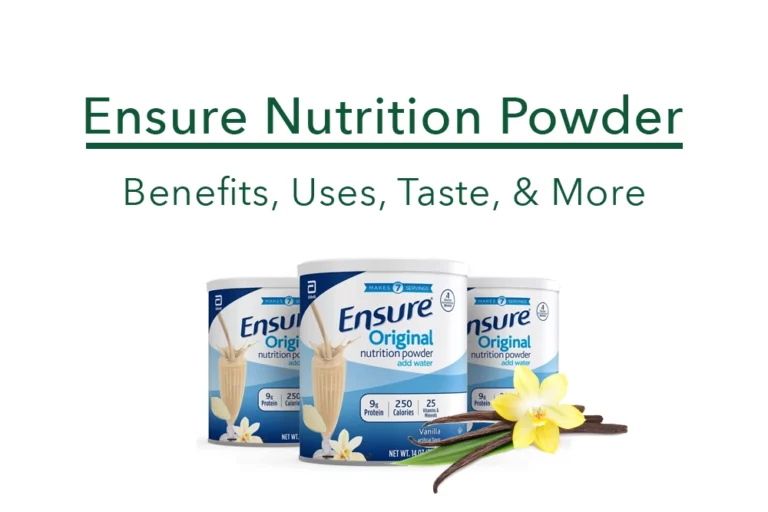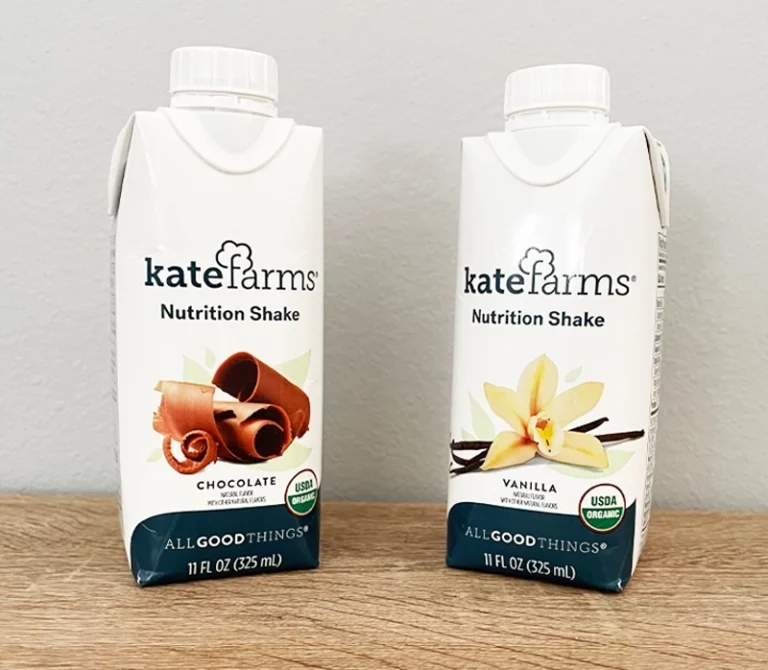Pureed Foods for Older Adults: Recipes, Food List, and More
Pureed foods are foods that have a smooth texture.
They don’t require chewing and are usually eaten with a spoon.
Whether because of missing teeth, ill-fitting dentures, mouth pain, or a condition that causes difficulty swallowing (dysphagia), there are many instances where older adults may need a pureed diet.
However, if you or a loved one have had no previous experience with making pureed foods, it can be very overwhelming in knowing where to start.
This article is your definitive guide for everything you need to know about pureed foods for older adults, including what foods you can puree, how to make pureed foods, and much more.

Pureed foods for older adults
If you think about “pureed foods,” you may think of individual jars or packs of baby food.
But here’s the truth — people of all ages rely on a pureed diet — whether short- or long-term — to get the necessary calories and nutrition when chewing or swallowing regular foods becomes a problem.
However, compared with their younger counterparts, older adults are more likely to experience chewing or swallowing problems (1).
Common causes of chewing or swallowing problems in older adults include:
- mouth pain
- ill-fitting dentures
- missing teeth
- stroke
- traumatic brain injury
- dementia
- mouth or throat cancer
Depending on the cause and severity of the chewing or swallowing problem, older adults could require a pureed diet long-term.
Other times, chewing or swallowing may improve with therapy or through treatment of the underlying cause, allowing for the introduction of softer, more regular foods over time.
Some older adults may also need thickened liquids in addition to a pureed diet to promote safe and efficient swallowing.
How to make pureed foods
The thought of making pureed foods may seem daunting at first, but it’s easier than you think.
All you need is a strong blender or food processor and a fork and spoon to test the food to make sure it’s the right texture.
When it makes sense, it’s best to blend foods separately and not together as you would with a smoothie or casserole — unless of course, you’re making these.
Blending proteins like meats or beans with starches and vegetables will not only look gross but it won’t taste good either.
Here are the steps to make pureed foods:
- Chunk the food and place it into the blender or food processor.
- Use the pulse function to blend the food, holding it for a few seconds several times until there are no visible chunks of food remaining.
- Add the minimum amount of liquid like milk, broth, vegetable juice, or gravy necessary to prevent the food from being too sticky or thick.
How to test pureed foods
You can test pureed food to check whether they’re the right texture by conducting the two different tests — the fork drip test and the spoon tilt test.
For the fork drip test, scoop a sample of the food onto a fork.
The food should not dollop or drip continuously through the fork prongs. If it does, the food is too thin and needs to be thicker.
For the spoon tilt test, scoop a food sample onto a spoon. The food should hold its shape on the spoon.
Next, tilt the spoon.
The food should fall off easily, leaving minimal residue on the spoon.
If the food doesn’t fall off easily or leaves a lot behind, the food is too sticky and needs more liquids.
Each pureed food should pass both tests.
Food that doesn’t pass both tests increase the risk for choking or aspiration, where food dangerously enters the lungs.
For older adults with chewing but not swallowing problems, testing the pureed food to make sure it’s the appropriate texture is not needed, but it can help ensure consistency among meals (2).
Foods that you can puree
While you can puree most foods, properly pureeing others is more difficult and unsafe.
Foods that don’t puree well include those that are hard, dry, tough, crispy, crunch, gristly, sticky, stringy, and have skins.
Examples of these foods include:
- nuts and seeds
- raw vegetables
- dry cakes and breads
- steak
- candies and sweets
- cornflakes
- chips
- salmon or sausage skin
- pineapple, grapes, and raw apples
In contrast, foods that you can puree include:
- Grains: soft-cooked hot cereals, soaked breads, rolls, cooked pasta, potatoes, and rice
- Vegetables: most cooked tender vegetables
- Fruit: canned and cooked fruits drained of excess juices
- Meats: tender, moist beef, pork, and lamb
- Poultry: skinless chicken or turkey, eggs, and egg substitutes
- Seafood: fish, shrimp, lobsters, clams, and scallops
- Meat alternatives: tofu, tempeh, veggie burgers, and plant-based sausage
- Legumes: soaked or cooked beans, lentils, and peas
- Others: casseroles and other hot dishes
Soups and cereals with milk can be pureed, just make sure the final product isn’t runny or too thin.
Recipes for pureed foods high in protein
Knowing which foods puree the best makes determining what meals to make much easier.
But here are a few recipes for high protein pureed food recipes to get you started:
Breakfast: Avocado egg salad with oatmeal (serves 1)
Ingredients:
- two whole eggs, scambled
- one-half avocado, chopped
- 1 teaspoon (6 grams) Greek yogurt
- 1 teaspoon (5 grams) lemon juice
- salt and pepper to taste
- 1/2 cup (40 grams) quick oats
- 1 cup (240 mL) milk
- sugar or sugar substitute packets
Directions:
- For the avocado egg salad, combine the scrambled eggs, Greek yogurt, and lemon juice, and blend until smooth. Add salt and pepper to taste.
- For the oatmeal, blend the oats to a powder. Transfer the oats to a bowl and add the milk. Microwave for 1–2 minutes. Top with sugar or sugar substitutes.
Snack: High-protein shake (serves 1)
Ingredients:
- 1/2 cup (120 mL) orange juice
- 1/2 cup (70 grams) frozen mango chunks
- 2/3 cup (170 grams) vanilla Greek yogurt
- 1/2 cup (120 mL) half and half
- 1 package vanilla protein powder
Directions:
- Combine all ingredients and blend until smooth.
Lunch: Beef stew (serves 4)
Ingredients:
- One pound (16 ounces) boneless beef sirloin steak, cubed
- 2 cups (170 grams) vegetables
- 1.5 (12 grams) tablespoons flour
- 1 tablespoon (7 grams) olive oil
- 1 cup (240 mL) water
Directions:
- Cook the beef and vegetable in a pressure cooker or slow cooker until tender.
- Combine the beef and vegetables, and stir in the seasoning mix.
- Using the pulse feature, blend until there are no visible chunks of food.
- Use leftover liquids from cooking the beef and vegetables if the stew is too thick, or add corn starch if the stew is too runny.
Dinner: Tater-tot hotdish (serves 4)
Ingredients:
- 1 pound (16 ounces) ground beef
- 1 can cream of mushroom soup
- 1/2 cup (43 grams) frozen carrots, sliced
- 1/2 bag (16 ounces) tater tots
- salt and pepper to taste
Directions:
- Brown hamburger and empty into an 8 x 8 baking dish.
- Layer cream of mushroom soup and carrots on top of the beef.
- Top with tater tots and bake at 425 degrees Fahrenheit for 35 minutes.
- Blend until smooth.
Dessert: Jello mousse (serves 4)
Ingredients:
- 1 small box cherry lemonade Jell-O
- 1 cup (240 mL) water
- 10 oz (283 gram) Greek yogurt
- 1 scoop unflavored protein powder
Directions:
- Heat water until warm.
- Empty the water into a mixing bowl and add the sugar-free Jell-O mix.
- Add the remaining ingredients and blend until smooth.
- Pour into four small dishes or ramekins and let it set.
Puree molds and meal kits
Food appearance and smell are important stimulants — or suppressants — of appetite.
We associate food that looks and smells good as good tasting and vice versa.
Unfortunately, preparing visually appealing pureed meals can be a challenge — even for the most experienced.
Still, food must look appealing and be served at the appropriate temperature to encourage eating and good nutrition.
This is especially true for older adults who may already lack an appetite, sense of smell, or are experiencing other factors that affect nutrition.
If preparing appetizing meals becomes a challenge, you can use silicone puree food molds to shape foods into familiar shapes.
In other words, a puree carrot mold shapes pureed carrot to look like a regular carrot, and a puree chicken breast mold shapes pureed chicken to look like a regular chicken breast.
You can also purchase pureed meal kits that you can just heat and serve — the food is already pureed.
Beyond helping you provide more appetizing meals, pureed meal kits can also be a huge time saver, sparring you the meal preparation, cooking, and cleanup.
In addition to preparing appetizing meals, it’s also essential that the food tastes good.
Older adults tend to have fewer taste buds than younger adults and may be taking medications that affect how food tastes or smells (3).
Use herbs, spices, sugar, sauces, and gravies to add flavor and boost meal intakes.
Also, consider liberalizing any strict diets like low-sodium, renal, or no sweets with a pureed diet to encourage eating.
The bottom line
Pureed foods have a smooth texture, are usually eaten with a spoon, and require no chewing.
Older adults may require a pureed diet for various reasons related to chewing problems, swallowing problems, or both.
Except for those that are hard, dry, tough, crispy, crunchy, or stringy, you can puree most foods.
Ensure the meals look appetizing and taste good through the use of puree molds and by cooking with herbs, spices, and other flavorful ingredients.






